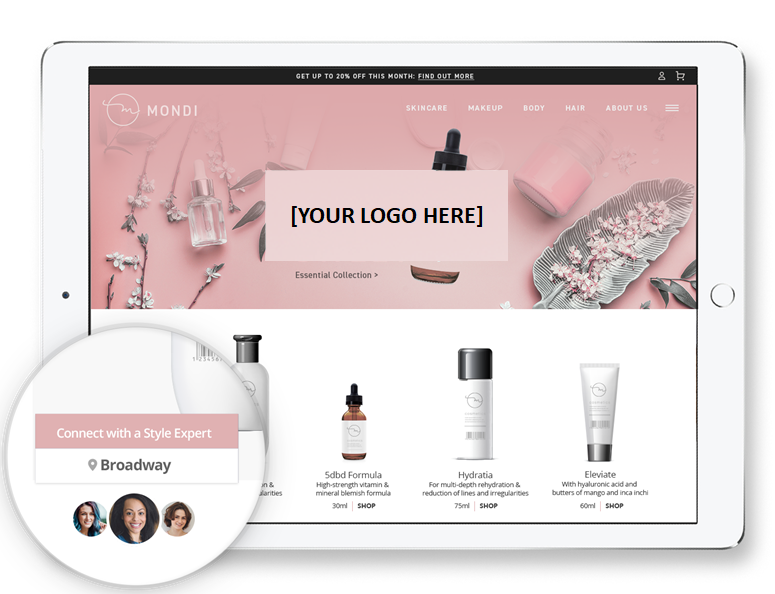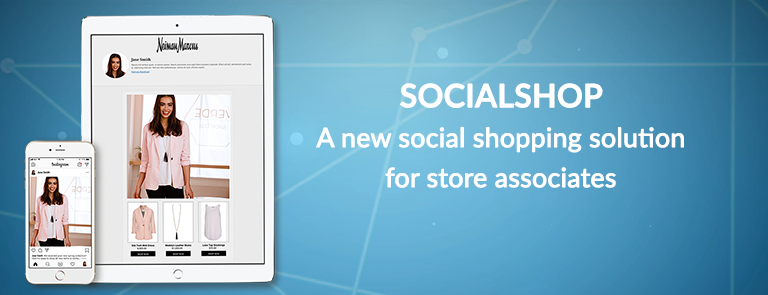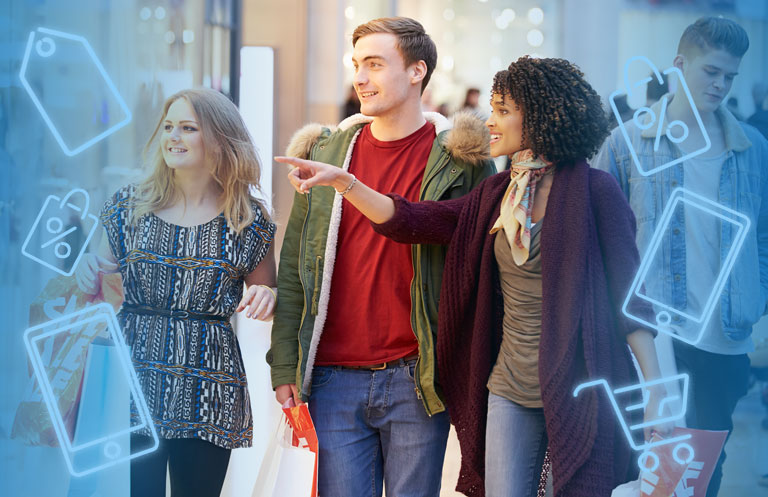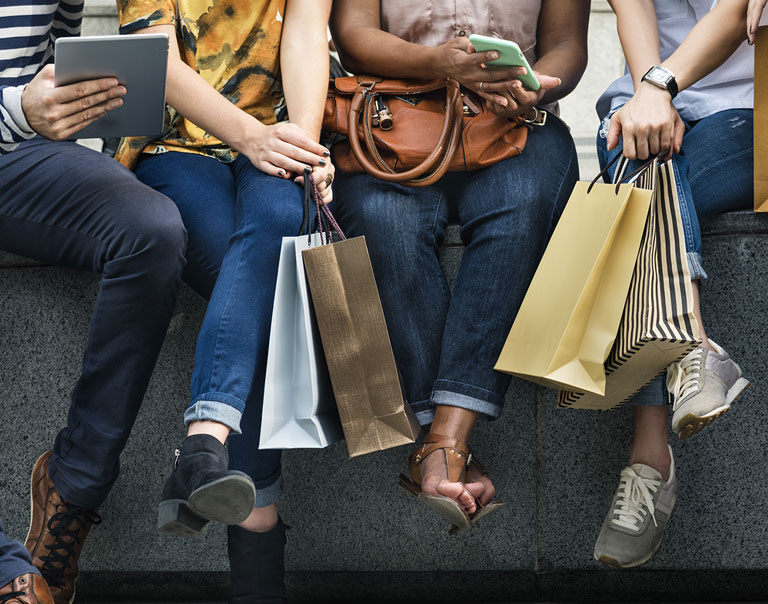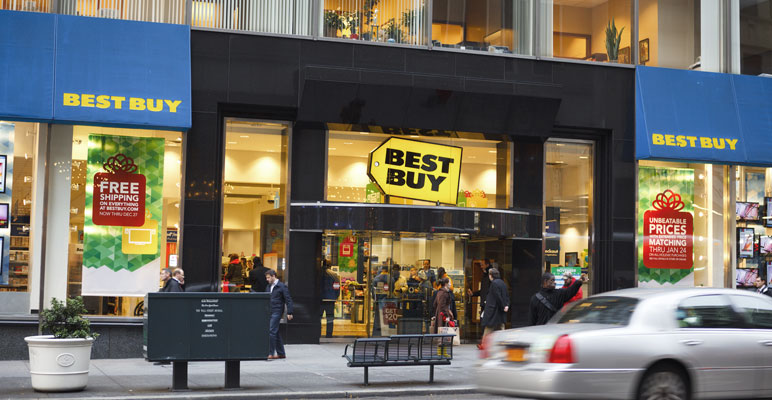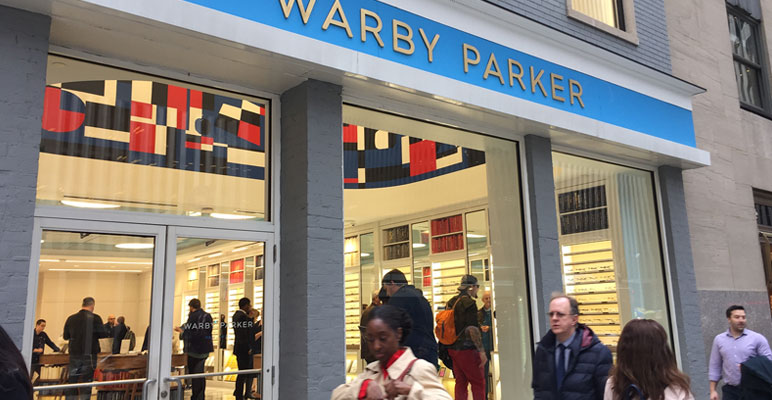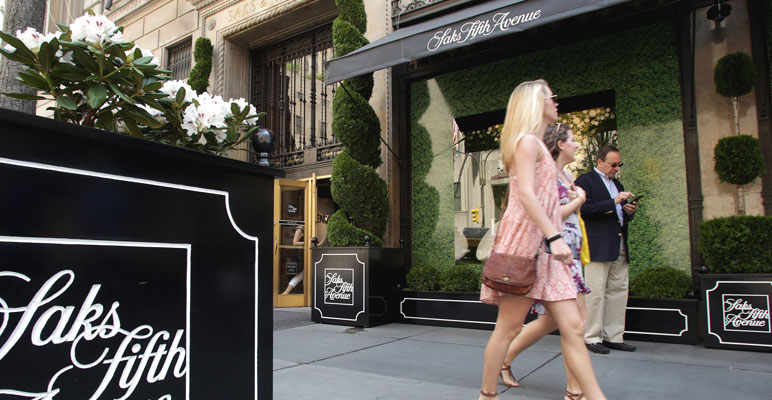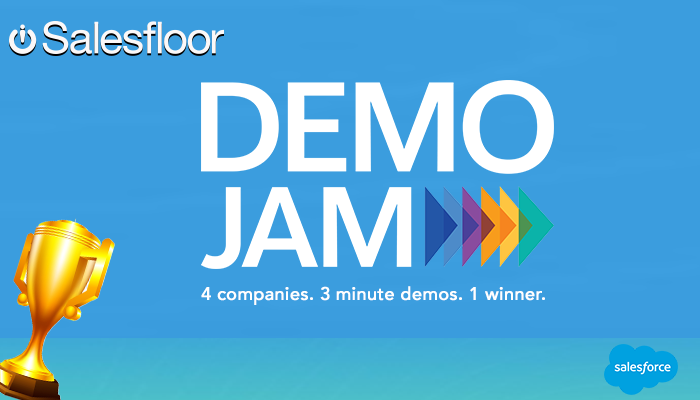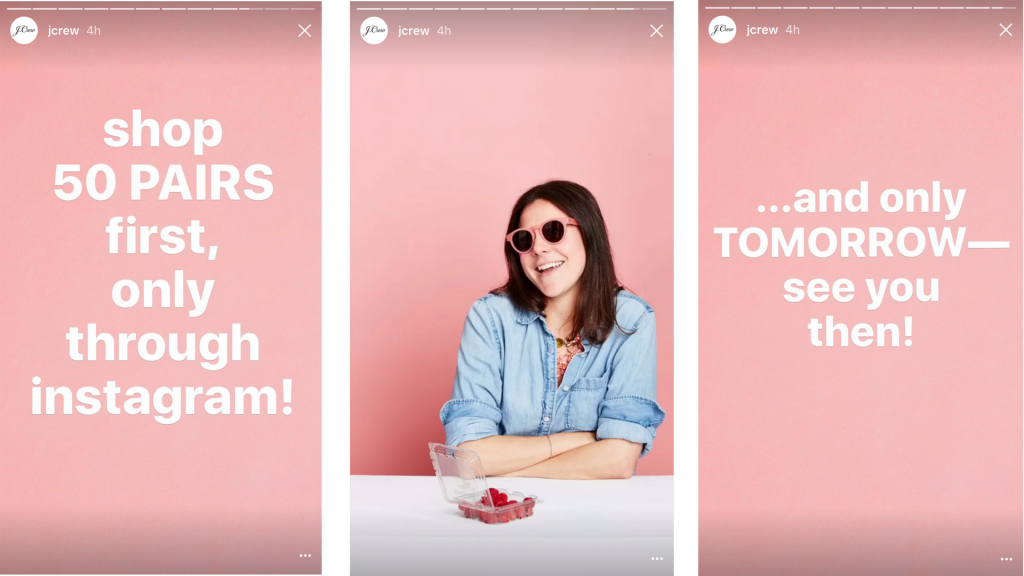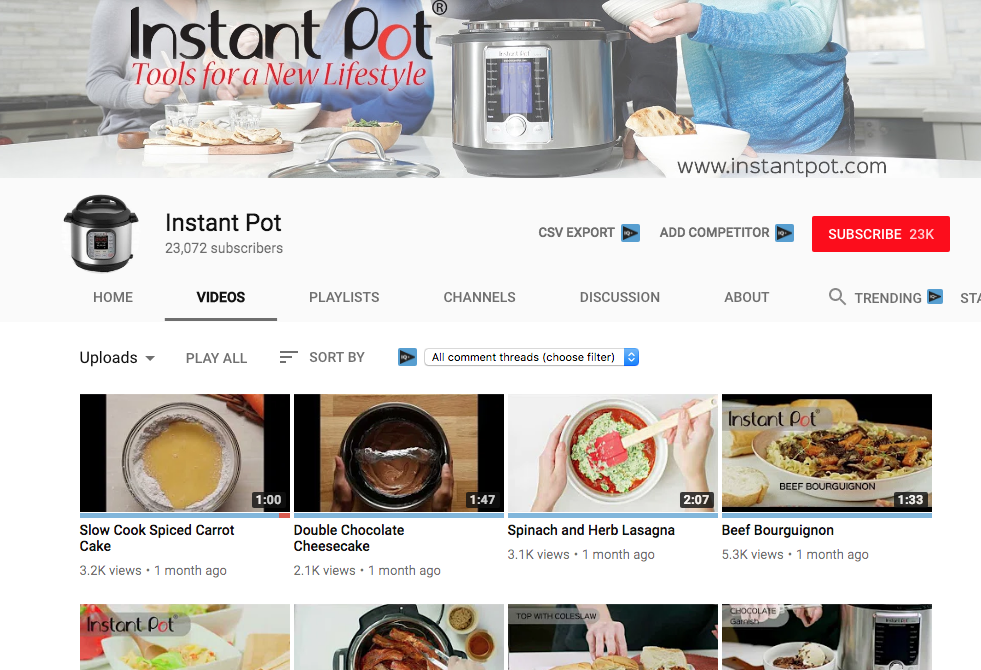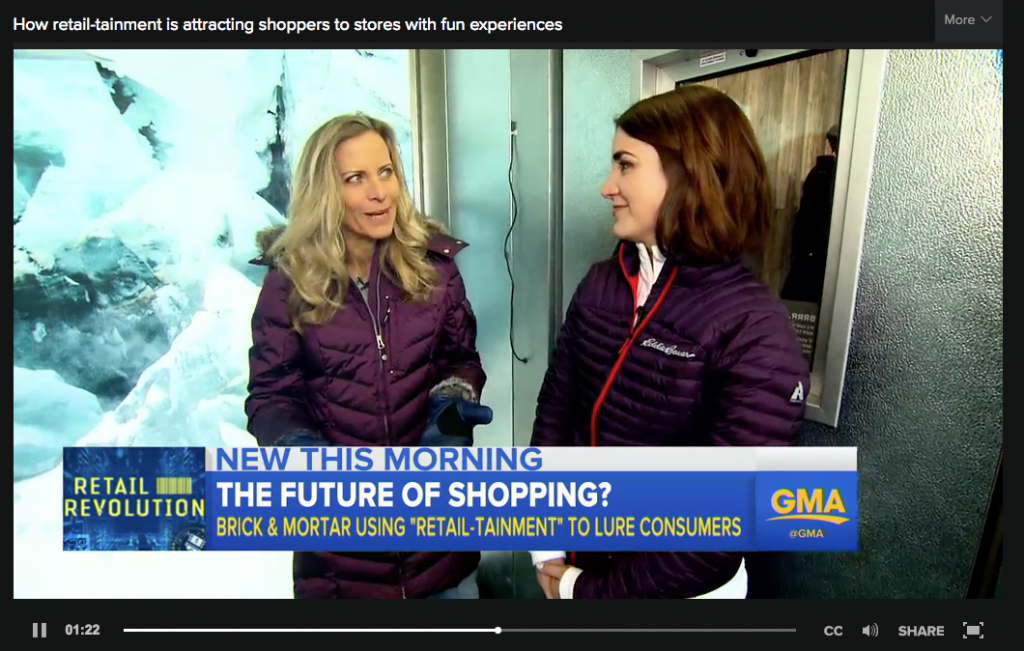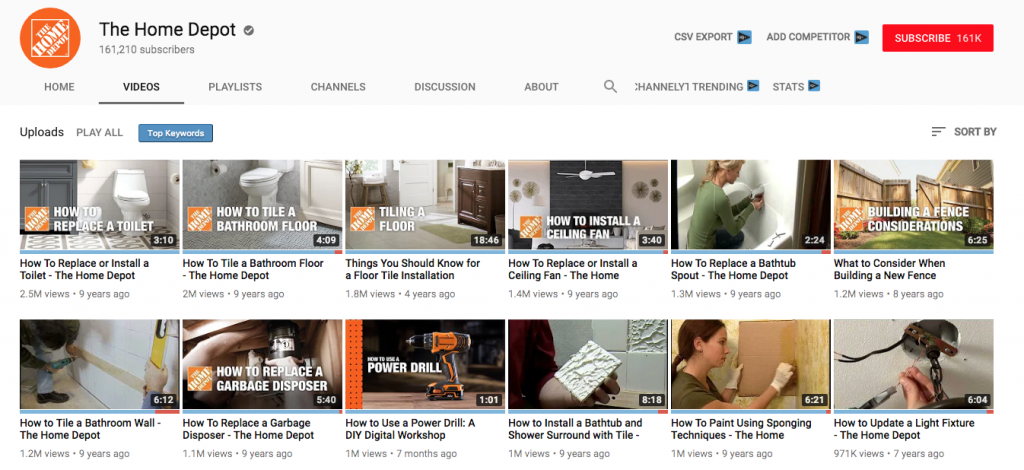As COVID-19 continues to impact the retail industry, our team at Salesfloor has been working closely with our retail partners to help continue to serve their customers online. We believe clienteling can help play an important role for retailers and store associates at this time. That is why we are now offering free licenses to help retailers cope with COVID-19 challenges by leveraging store associates to maximize online sales.
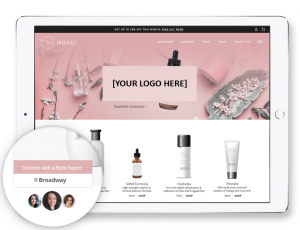
Slow Store Traffic
For retailers whose stores that are still open, some associates are able to work but foot traffic is at all-time lows. However, they are keeping busy by answering incoming online requests, sending personalized e-mails with product pictures and recommendations to their customers, and maintaining their Storefronts.
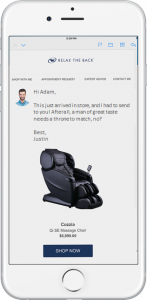
“Although we have seen reduced in-store traffic, our store consultants have been keeping busy by reaching out to clients to help them set up their home offices, now that so many consumers are working from home. In fact, we have seen a significant increase in office chair sales. We’re so glad to be able to continue serving our clients online.” – Leanne Mattes, VP Marketing, Relax the Back
Associates Working from Home
Most retailers have closed their stores and instructed associates to work remotely and in the worst cases, associate payroll cannot be supported.
While stores and malls are shutting down, e-commerce is still up and running. One way retailers are facing this challenge is by equipping their associates to serve customers as they shop online. Online customers are getting served by product experts who can make tailored recommendations, and associates earn credit for resulting e-commerce sales. It’s a win-win situation for customer and associate.
Quick Fact: In the week following the first wave of retail store closures, customer requests across all Salesfloor retailers increased by an average of 47%.
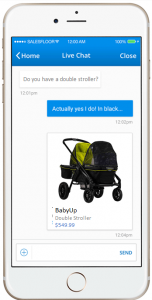
How it Works
Using Clienteling to connect with customers via live chat, email and text messaging makes it possible for store associates to drive sales and serve customers with an authentic, human approach (similar to what you’d expect in store).
Online customers connect to real-life associates (working in-store or remote) via live chat, e-mail, text messages and virtual appointment requests. They can shop live with associates on Associate Storefronts, where they highlight their favorite items and comment on different products.
Quick Fact: Our retailers have seen up to an 89% increase in online weekly sales resulting from digital interaction since stores started shutting down.
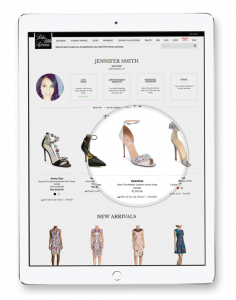
Giving Associates Remote Access is Easy
Store Associates working from home can download the Salesfloor app from the AppStore or Play Store. Retailers need only make the app available for remote work and maintain a high level of security and restricted access. To make the transition easy for associates, Salesfloor provides access to support as well as enhanced training to all users.
Quick Fact: Luxury brands using Salesfloor have seen a 2x increase in clienteling interactions after stores closed due to the pandemic.
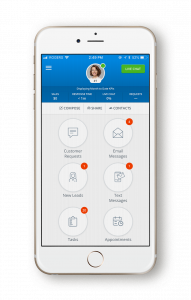
It’s About Clienteling, Not Just Marketing
Marketing newsletters are effective, but they are a one-way communication. With clienteling tools, store associates are equipped to connect directly with customers and engage in 1-to-1 conversations. To help associates know who to reach out to and when, retailers can upload marketing assets and create smart tasks to identify personalized selling opportunities.
Quick Fact: This month, messages sent and open rates have increased by 55%.
Virtual Associates: An Alternative for Furloughed Associates
Retailers are transitioning to a community of sellers who work virtually using the Salesfloor platform. Existing employees are transitioned to Independent contractors compensated with affiliate fees. As Virtual Associates drive their own sales online, Salesfloor tracks the sales and pays compensation on behalf of the retailer. This allows retailers to continue selling online, provides furloughed associates with a continued source of income, and helps support employee retention beyond the current crisis
How Quickly Can You Get Started?
We can get you started within 30 days to help you begin serving online customers as quickly as possible, either with our clienteling platform or our Virtual Associates program. What’s more, we’re waiving the license fees to help retailers during these unprecedented times. Contact us to get started.
